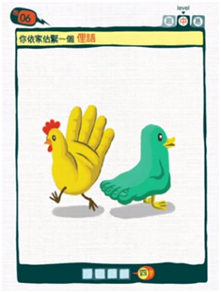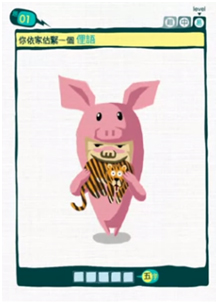There has been increasing concern – especially in Hong Kong – that the Chinese dialect Cantonese is at risk of becoming extinct in a few decades.
Mandarin is the main/official dialect spoken throughout the People’s Republic of China. Cantonese is spoken in China’s Guangdong (Canton) province and Hong Kong.
Prior to the handover of Hong Kong back to the PRC from Great Britain in 1997, Cantonese and English were taught in schools. According to CBC News, Mandarin is now the language of instruction in 72% of Hong Kong’s elementary schools. In addition, there has been an uptick in the Chinese government’s promotion of the use of Mandarin throughout Hong Kong. Additionally, given the “Special Economic Zone” status of Guangdong province’s Zhuhai and Shenzhen, the lingua franca in those cities has also gone from Cantonese to Mandarin.
Many Cantonese speakers are concerned that this may make the dialect extinct. Although there is also evidence of Mandarin “replacing” Cantonese both in Asia and abroad (for example, wealthy Mainland Chinese are now migrating in larger numbers than their Hong Kong counterparts), there are still roughly 59 million people worldwide who speak Cantonese (CBC News)– many of whom are monolingual.
Even though Cantonese won’t truly disappear anytime in the near future, efforts are being made to preserve the language most prevalently heard in dim sum gatherings around the world. For example, Hong Kong-based graphic designer and cartoonist, Ah To, has written several illustrated books to help readers understand Cantonese proverbs and idioms.
Cantonese: chicken’s hands and ducks’ feet
Pronunciation: gai sa-oh ahb gu-er
Meaning: chaotic people or situations
Cantonese: pretend to be a pig and eat tigers
Pronunciation: bahn jew sic louh fu
English equivalent: a wolf in sheep’s skin
These images are screenshots of Ah To’s illustrations and representative of some Cantonese idioms, which help to showcase the distinctive and unique culture of Cantonese speaking peoples.



